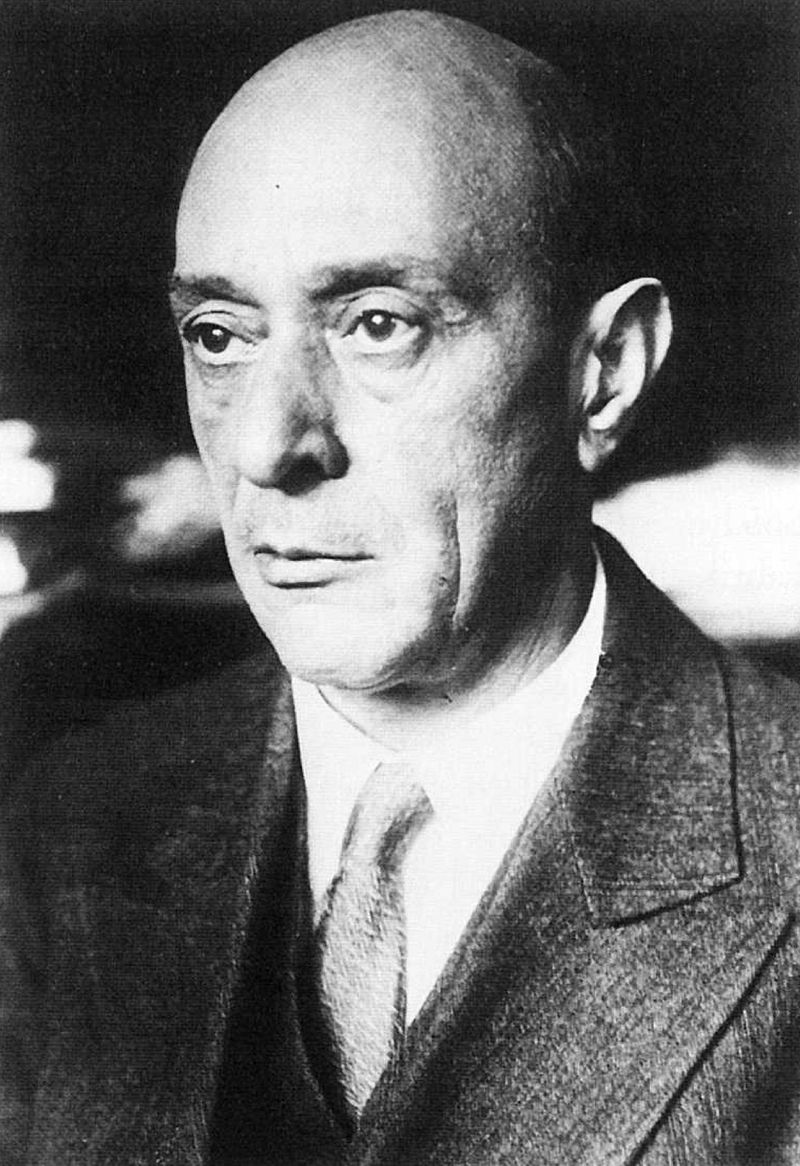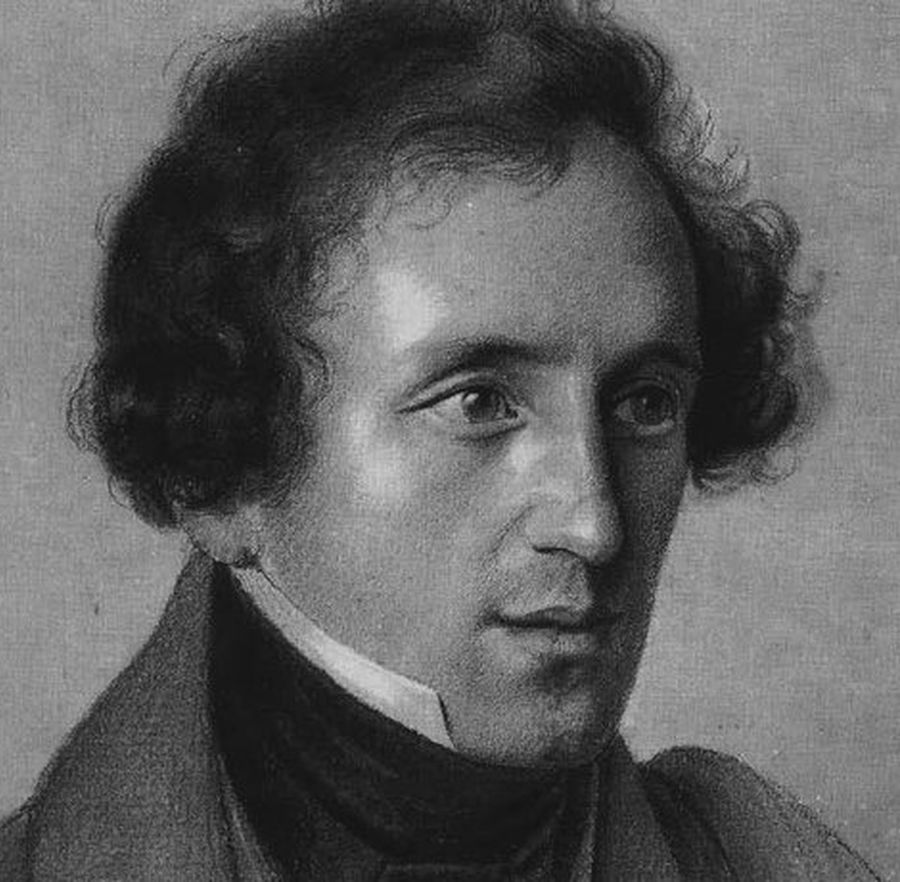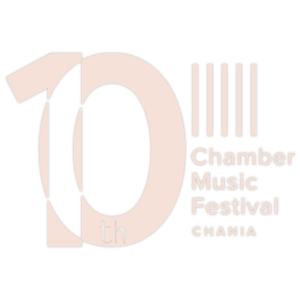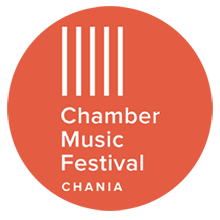
CHAMBER MUSIC FESTIVAL 2018
1st Concert - Light & Darkness
Fri 24.8
Our Festival begins exploring the theme of Light and Darkness with two very antithetical works. A strictly programmatic and cold Schönberg's Verklärte Nacht versus Mendelssohn's romantic freedom of dance and joy. The contrast between these two works is further amplified by the fact that both are written for a sextet, a string sextet in the case of Verklärte Nacht and a piano sextet in the case of Mendelssohn's op 110. Rich tone colours portray two opposite qualities; opposite emotionally, structurally, and linguistically.
Arnold Schönberg - Verklärte Nacht
29'
Felix Mendelssohn - Piano Sextet in D major
30'
Book your tickets
Safely book your tickets online
Light & Darkness arrow_forwardSpiritual in Music arrow_forward
Images arrow_forward
Memorial arrow_forward
Special 4-Day Pass arrow_forward
Book your tickets
- Online at ticketservices.grarrow_forward
Concert
Works
CHAMBER MUSIC FESTIVAL 2018

Arnold Schönberg
Verklärte Nacht
OP. 4
Composed in just three weeks, this sextet in one movement is considered Arnold Schoenberg’s earliest important work. It was inspired by Richard Dehmel’s poem of the same name, combined with the influence of Schoenberg's strong feelings upon meeting Mathilde von Zemlinsky, whom he would later marry. The movement can be divided into five distinct sections which refer to the five stanzas of Dehmel's poem.
Dehmel’s poem describes a man and woman walking through a dark forest on a moonlit night. The woman shares a dark secret with her new lover: she bears the child of another man. The stages of Dehmel 's poem are reflected throughout the composition, beginning with the sadness of the woman's confession, a neutral interlude wherein the man reflects upon the confession, and a finale reflecting the man's bright acceptance (and forgiveness) of the woman.
Verklärte Nacht was controversial at its 1902 premiere. A particular point of controversy was the use of a single 'nonexistent' (that is, uncategorized and therefore unpermitted) inverted ninth chord, which resulted in its rejection by the Vienna Music Society. Schoenberg remarked "and thus (the work) cannot be performed since one cannot perform that which does not exist".
MOVEMENTS
Sextet in One Movement

Felix Mendelssohn
Piano Sextet in D major
D MAJOR OP. 110
The Sextet in D major is among those pieces published with high opus numbers many years after Mendelssohn's death. It was actually written in May 1824, when the composer was 15 years of age. No composer's lifetime performances for this work are documented.
It is scored, unusually, for a single violin, two violas, cello, double bass and piano, instrumentation that provides its own rich sonorities. The scoring, tipping the balance of the strings toward the darker and lower registers, gives the piano a dominating position in most of the piece. This makes the Sextet more of a chamber piano concerto than a pure chamber piece.
The composer's autograph of the score (in his Nachlass at the Berlin State Library) has a date at the end of it: May 10, 1824. The manuscript is relatively clean and contains too few corrections to let us track the evolution of the work. It is also never mentioned in Mendelssohn's letters.
MOVEMENTS
I. Allegro vivace
II. Adagio
III. Menuetto & Trio
IV. Allegro vivace


